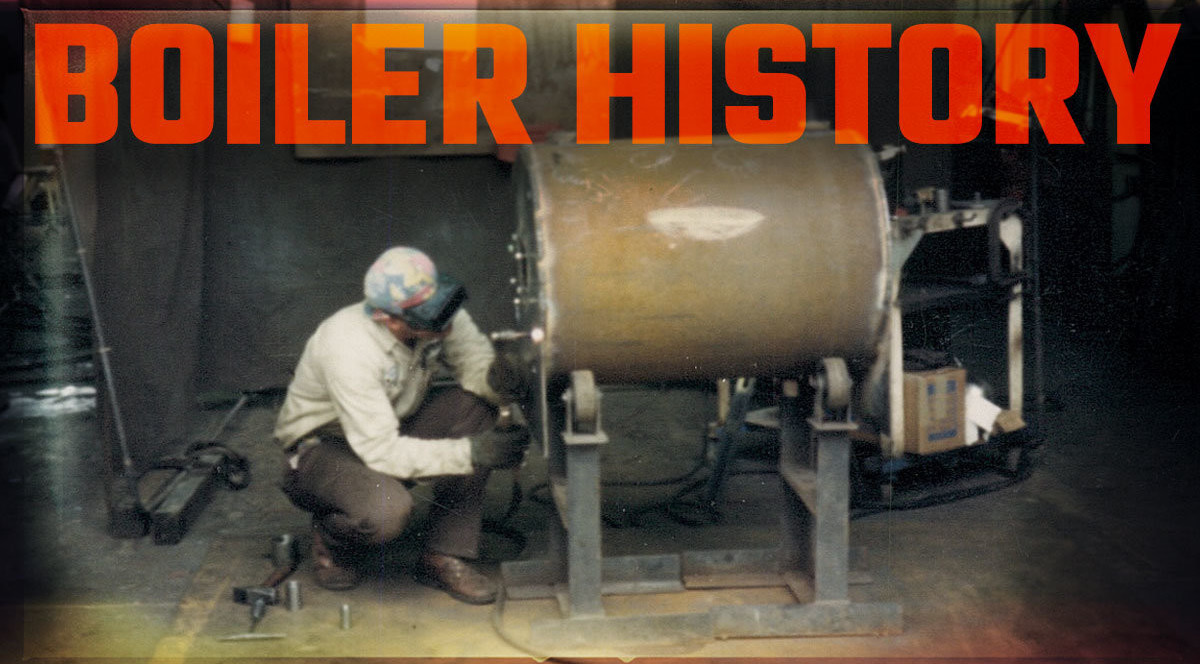In our previous chapter, we looked at historical advancements in boiler technology, including a new wave of specialization that took place during the 1950s and 60s. Specialized boilers were created to meet the needs of industries such as hospitality, medicine and paper, while general purpose boilers were becoming more efficient and powerful every year. In this final installment of The History of the American Boiler, we turn our attention to the 1970s and 80s, when alternative-fuel boilers rose to prominence and aging power plants got makeovers.
By the time the Public Utility Regulatory Policies Act of 1978 was passed, disposal costs in landfills were at an all-time high, and Americans were clamoring for more and more electric power. This atmosphere gave rise to the development of alternative-fuel-burning boilers. Boilers were designed to burn everything from garbage and wood to biomass, like grasses and leaves.
These waste-to-energy boilers were more agile due to the many variables of the fuel source. For example, a biomass-powered boiler would use more leaves during fall and more wood during winter. However, they also required some new innovations and advances to prevent accidents, as the burning of refuse can cause serious corrosion on the boiler tube walls if the correct refractory material hasn’t been used for the lower furnace walls.
Another new design that emerged during this period was the fluidized bed boiler. This design uses a process by which solid fuels are suspended in an upward-flowing gas or air stream at the bottom of the boiler. The burning fuel exists in a liquid-like state that results in reduced emissions without sacrificing heat transfer. While these boilers have most of the components found in all boilers, their basic design differs in that, depending on the manufacturer, a fluidized bed boiler may have cyclones, fuel chutes, over-bed burners, combustion chambers and more.
So many incredible advances in alternative fuel and reduced emission boilers had a lasting, positive impact on the environment during the 1970s and 80s. They also gave rise to a concerted effort to overhaul power plants across the country. Gone are the dirty, desolate power structures of the past with air pollution spilling into the atmosphere and poisoning neighbors. Lush grass, healthy trees and fresh water surround many power plants today, and the industry spends millions of dollars each year to protect the environment and keep facilities clean and tidy.
We hope you’ve enjoyed our brief look back at the History of the American Boiler. If you did, let us know by liking us on Facebook and sharing these posts with your friends
